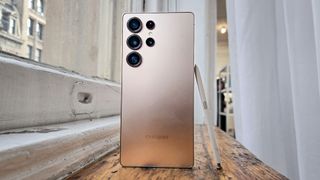Phones
Explore Phones
Latest about Phones
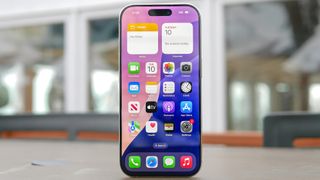
Apple buried these 5 iOS 26 features — and they're genuinely useful
By Kaycee Hill published
Discover five hidden iOS 26 features that make your iPhone more useful.
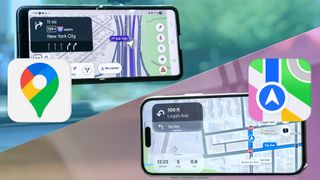
I tested Google Maps vs Apple Maps to see which offers the best public transportation experience — here’s what happened
By Josh Render published
Which mapping software works best when you add public transit to the mix? I tested Google Maps and Apple Maps to find out.
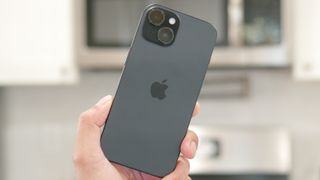
Your kid's first iPhone doesn't have to be the newest model — this is the one I'd recommend
By Philip Michaels published
Turning to an older model like the iPhone 15 is a great way to get your kids a solid first phone without spending a bundle.
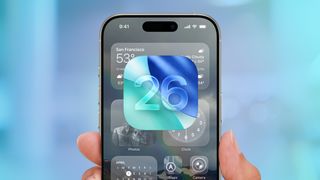
Apple’s software roadmap through iOS 28 leaks — here’s what could be coming to your iPhone
By Scott Younker published
A leaked Apple roadmap appears to reveal new features coming for iOS 26.4, iOS 27 and even iOS 28.
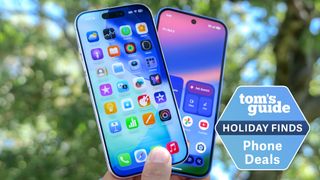
Hurry! T-Mobile’s offering 2 lines for just $75/month
By Louis Ramirez published
T-Mobile's new monthly plans are a great way to save if you have multiple lines. Here's how much you can save per month when you switch.

iOS 26.2 is ready for download — here’s the latest changes for your iPhone
By Scott Younker published
Apple just released iOS 26.2 for iPhones, with the update delivering a number of changes and improvements.

Apple’s first foldable could hit Google and Samsung hard in 2026 — here’s what the numbers say
By Josh Render last updated
The iPhone Fold is expected to help grow the foldable phone market when it releases, but also take a noticeable share of the sales.
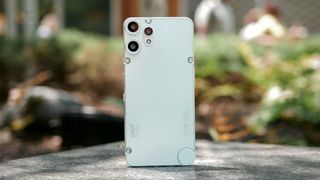
I think phone makers should bring back replaceable batteries in budget phones — here’s why
By Josh Render last updated
Affordable phones often struggle to find a way to stand out apart from their price. However, I think one potential area has to be offering a replaceable battery.
Here at Tom’s Guide our expert editors are committed to bringing you the best news, reviews and guides to help you stay informed and ahead of the curve!
